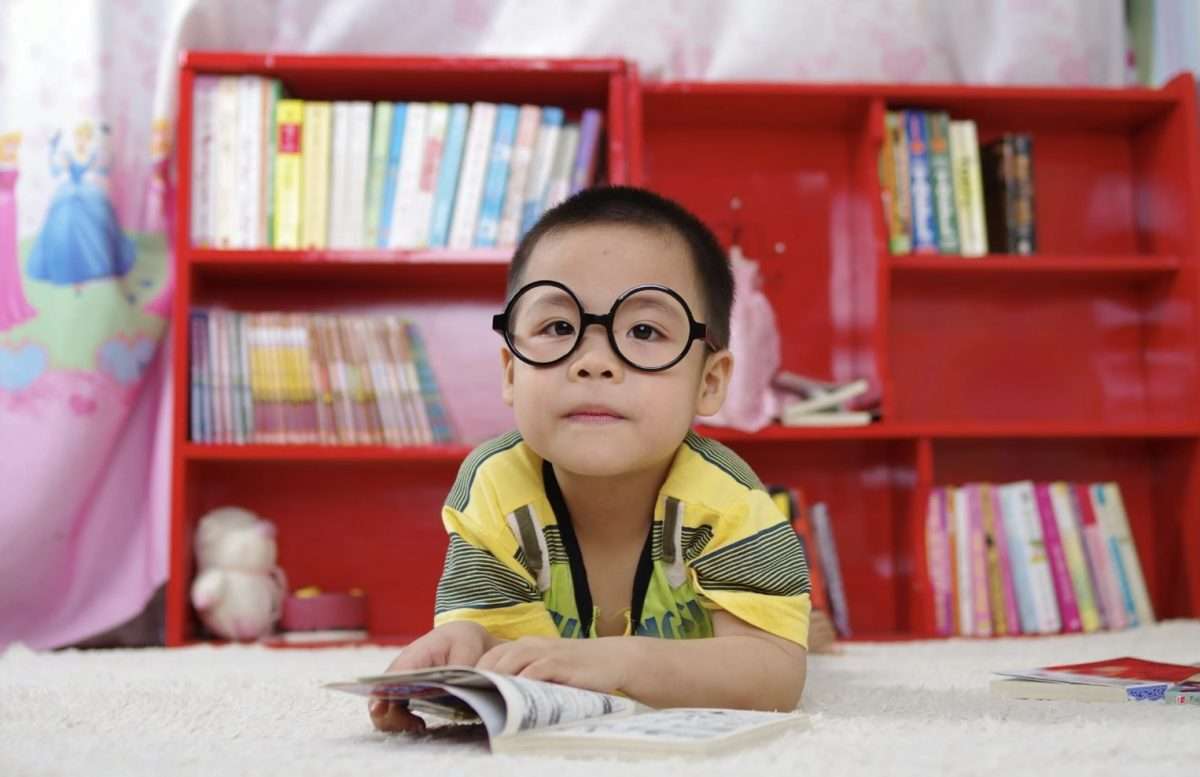In the screen age, eye health has become a pressing concern for children and parents alike, whether they see it or not.
"The stat is somewhere around ages eight to 12, kids are exposed to screens four to six hours a day and I think as teenagers, it goes up to almost nine hours a day, which is ridiculous," Dr. Meenal Agarwal told Lianne Castelino during an interview for whereparentstalk.stagingserver.cloud/.
Dr. Agarwal, an optometrist specializing in nearsightedness in children, contact lens fittings, and laser vision correction, is among those sounding the alarm on the increasing rates of myopia in young populations.
Screen Time and the Surge in Myopia
“The biggest thing for eye health is the screens — the proximity to the screens is causing or increasing our rate of nearsightedness, which is myopia,” continues Dr. Agarwal.
“Many of our children are getting into glasses at ages that are much younger than expected. Sometimes I’ll see a child for an eye exam one year and they have no prescription, and the next year they’re shocking me with a significant prescription. We never had that when I first started practicing 16 years ago,” she says.
Myopia, or nearsightedness, is not just about needing glasses—it is associated with an increased risk of severe eye diseases such as retinal detachment, cataracts, and glaucoma.
Early Detection is Key
One of Dr. Agarwal’s biggest concerns is the delay in eye exams for children. Many parents wait until their child exhibits serious vision problems before seeking professional help, which can allow myopia to progress unchecked.
“Parents need to know that undiagnosed and uncorrected vision issues actually contribute to the progression of myopia,” she warns. “We used to catch it early with routine exams, but now, many children come in only when they are already experiencing significant vision loss.”

Dr. Agarwal, a mother of three, stresses the importance of comprehensive eye exams beginning as early as six months of age, followed by annual check-ups. “A pediatrician’s quick eye check is not enough. A full eye exam can detect early-stage myopia and other potential health concerns,” she says.
“As a parent, I worry about numbers, numbers matter to me, whether my child’s a minus one or my child’s a minus two,” she continues referring to the level of nearsightedness.”But as a clinician, what matters to me is that the jump from minus one to minus two has just increased that child’s risk of myopic maculopathy (disease affecting the central area of the retina), retinal detachments, or retinal diseases, cataracts, glaucoma, all diseases of the eyes. So for us as clinicians, it’s the myopia matters because of the rate of disease that these child children are going to be exposed to as they get older.”
What Parents Can Do
 In addition to regular eye exams, Dr. Agarwal offers actionable advice for parents to help slow the progression of myopia and maintain overall eye health:
In addition to regular eye exams, Dr. Agarwal offers actionable advice for parents to help slow the progression of myopia and maintain overall eye health:
- Follow the 20-20-20 Rule: Every 20 minutes, children should take a
20-second break and look at something at least 20 feet away to reduce eye strain. - Encourage More Outdoor Time: Studies show that increasing outdoor activity, even by 15 to 20 minutes a day, can significantly slow the onset of myopia.
- Monitor Screen Usage: Avoid excessive close-up work on devices, and ensure children take proper breaks between activities.
- Improve Study Environments: Ensure proper lighting by setting up workspaces near windows and using natural light whenever possible.
- Check for Warning Signs: Parents should watch for excessive blinking, head tilting, squinting, or difficulty seeing distant objects.
Beyond Myopia: What Eye Health Can Reveal
Comprehensive eye exams can also reveal other health conditions, including hypertension, diabetes, and neurological issues.
“Eyes are truly the window to the body,” Dr. Agarwal states. “In children, we can detect neurological conditions, signs of undiagnosed health issues, and even the effects of certain medications.”
 She goes on to describe the key components of a comprehensive eye exam. “There are two parts to a child or an adult eye exam, on is the vision component,” she says.
She goes on to describe the key components of a comprehensive eye exam. “There are two parts to a child or an adult eye exam, on is the vision component,” she says.
“That vision component includes the prescription, includes eye alignment, depth perception, colour vision, and then there’s the ocular health check, which includes the retinal health the ocular surface health check, and possibly even the pressure check for some children.”
Breaking Myths About Glasses
One common misconception Dr. Agarwal aims to debunk is the belief that wearing glasses makes vision worse.
“Many parents fear that glasses will make their child dependent on them, but studies show that under-correction or not wearing glasses can actually make myopia progress faster,” she explains. “Glasses are a tool to help children see clearly and reduce strain on their eyes.”
A Personal Perspective
Dr. Agarwal’s passion for eye health stems from her own experience. Diagnosed with glaucoma at the age of 11, she understands first-hand the importance of early detection and lifelong eye care.
“It was a scary experience,” she recounts. “At one point, I was on four types of eye drops 11 times a day. But because it was caught early, I was able to manage it effectively. That’s why I advocate so strongly for preventive care.”
Looking Ahead
With projections indicating that 50% of the global population will be nearsighted by 2050, awareness and action are crucial.
“Parents shouldn’t fear taking their children for an eye exam,” Dr. Agarwal says. “Early detection and proactive steps at home can make all the difference in preserving vision and preventing serious eye conditions.”
Related links
Related articles
The Growing Threat of Myopia: What Parents Need to Know About Children’s Eye Health
Tech-Balance Strategies for Kids and Parents
Wake Up Call: Why Managing Smartphone Use in Children is Critical According to Science

